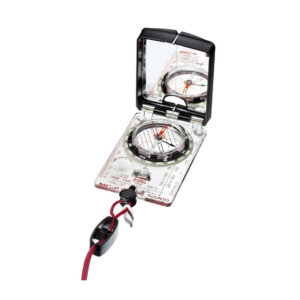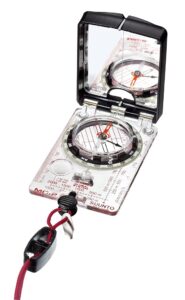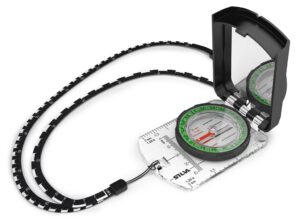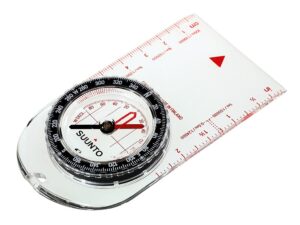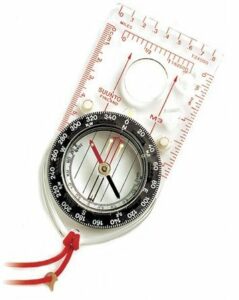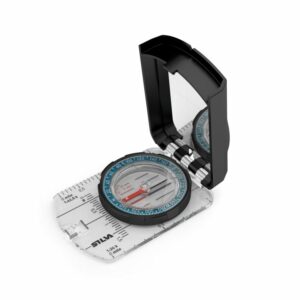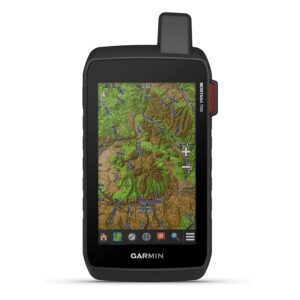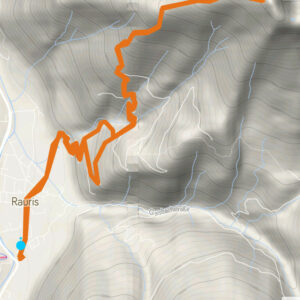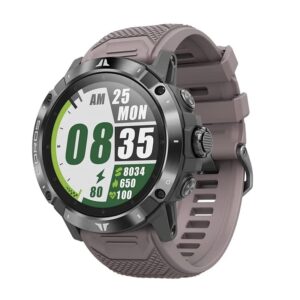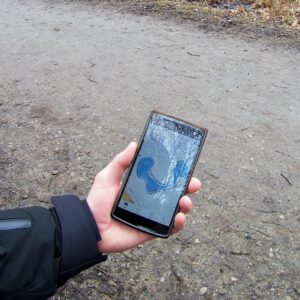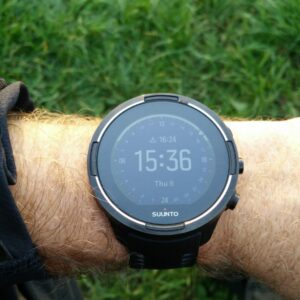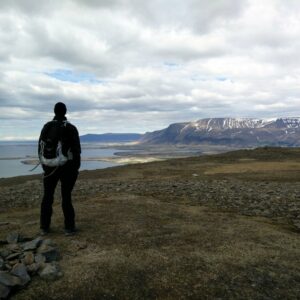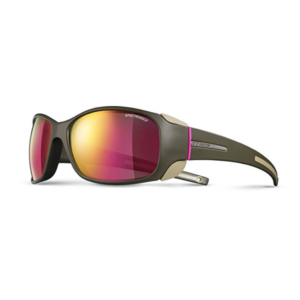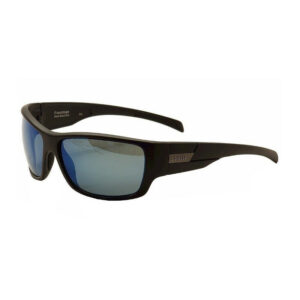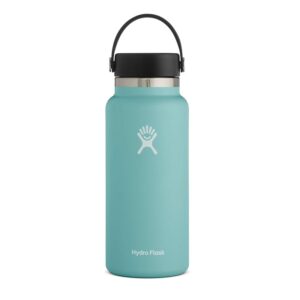Navigation in nature can be quite challenging, especially when visibility is poor or the landscape is unclear. While handheld GPS devices, watches with built-in GPS and smartphones are useful, they can become useless if they run out of battery or lose signal. That’s why we find nothing more reliable than an “old-school” compass. Compasses offer numerous advantages over electronic navigation devices: they’re lighter, don’t rely on batteries, and are more durable. They display the four cardinal directions (North, East, South, and West), as well as bearing and other essential measurements for navigation. Compasses are also useful for triangulation and enable you to pinpoint your location accurately on the map. However, having some basic navigation skills is essential for effectively using a compass.
In this article, we’ve handpicked and reviewed some of the best compasses specifically for hiking. Our aim is to help you make an informed decision when selecting the right compass for your outdoor adventures.
Updated Content
We regularly update our reviews and selections to always recommend you the best products on the market.
Expert Selections
We only list top-tier products. Read how our selections of best hiking products differ from others here.
Links
We use affiliate links and may receive a small commission on purchases at no extra cost to you.
1. Our Hiking Compasses Picks
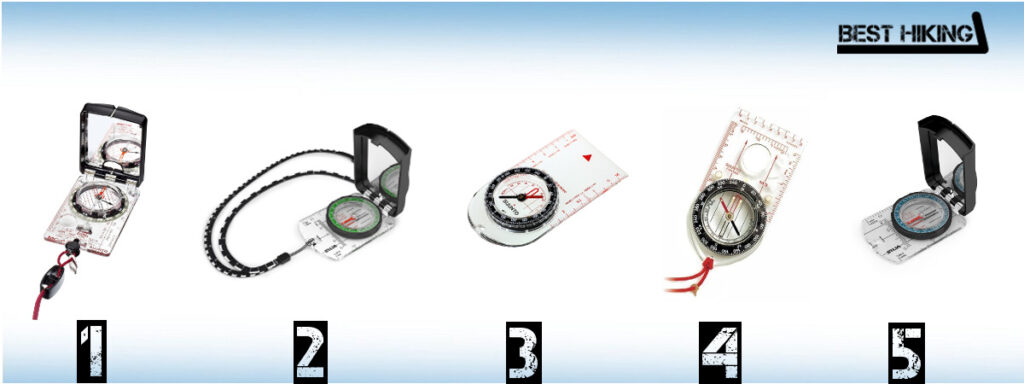
Best Hiking Compasses
2. Comparison of Hiking Compasses
| Feature/Product | Suunto MC-2G | Silva Ranger S | Suunto A-10 | Suunto M3-G | Silva Guide |
|---|---|---|---|---|---|
| Compass Type | Sighting Compass | Sighting Compass | Baseplate Compass | Baseplate Compass | Sighting Compass |
| Weight | 2.65 oz. | 2 oz. | 1 oz. | 1.55 oz. | 2 oz. |
| Weight (Metric) | 75 g | 58 g | 30 g | 44 g | 58 g |
| Liquid filled | Yes | Yes | Yes | Yes | Yes |
| Declination scale | Yes | Yes | Yes | Yes | Yes |
| Declination Correction | Adjustable | Adjustable | Fixed | Adjustable | Fixed |
| Rotating Bezel | Yes | Yes | Yes | Yes | Yes |
| Ruler | Yes | Yes | Yes | Yes | Yes |
| Clinometer | Yes | No | No | Yes | No |
| Magnifying lens | Yes | No | No | Yes | No |
| Sighting Mirror | Yes | Yes | No | No | Yes |
| Luminescent indicators | Yes | Yes | No | Yes | Yes |
| Global needle | Yes | No | No | Yes | No |
3. The Selection
1. Suunto MC-2G
The Suunto MC-2G offers great functionality and is highly popular among hikers, mountaineers, and other outdoor enthusiasts like us. Its robust construction provides excellent resistance against shock, dirt, and water, ensuring durability in rugged environments. We’re impressed by its array of features, including a rotating bezel, ruler, clinometer, magnifying lens, and sighting mirror. Adjusting the declination is a breeze with the attached adjustment key on the lanyard. Moreover, the global needle allows the compass to work in all compass zones without needing to be completely leveled for precise measurements. With luminescent indicators, we can rely on the Suunto MC-2G even during nighttime navigation. This compass is ideal for adventurers who demand highly accurate and reliable navigation tools for their outdoor pursuits across the globe.
Pros:
- Highly functional with a wide range of features
- Equipped with a global needle for accurate measurements in all compass zones
- Robust construction
- Precision
- Luminescent indicators for easy use in low-light conditions
Cons:
- Higher price point compared to some other options
2. Silva Ranger S 2.0
The Silva Ranger S 2.0 serves as a good alternative to the Suunto MC-2G, offering a reliable navigation solution for adventurers of all types. While it lacks a clinometer or magnifying lens, it compensates with many useful features and robust protection against shock, dirt, and damage with its snap lid. Liquid-filled and equipped with a rotating bezel, ruler, luminous points for low visibility, and a sighting mirror, the Silva Ranger S 2.0 ensures accuracy and ease of use in various outdoor conditions. We appreciate the ease of adjusting the declination and find its speed, accuracy, and durability particularly noteworthy. For hikers and outdoor enthusiasts seeking a dependable navigation device, the Silva Ranger S 2.0 proves to be an excellent choice.
Pros:
- Good functionality
- Durability and protection against shock
- Precision
- Luminous points enhance visibility in low-light conditions
Cons:
- Lacks a clinometer or magnifying lens
Where to buy?
3. Suunto A-10
The Suunto A-10 is a very inexpensive and simple compass, making it an ideal choice for beginners. Despite its simplicity, it offers essential features such as a declination scale, ruler, and rotating bezel, making navigation straightforward. Made of scratch-resistant plastic, it’s relatively durable for its price point and settles quickly thanks to being liquid-filled. While it lacks advanced features like a clinometer, magnifying lens, or sighting mirror, it compensates with a lanyard for easy handling. Overall, the Suunto A-10 is a great compass for beginners and outdoor enthusiasts who prioritize simplicity and affordability over advanced functionalities. We recommend this compass to those who are on a tight budget.
Pros:
- Affordable and simple
- Equipped with essential features
- Durable and scratch-resistant construction.
Cons:
- Does not have advanced features
- Declination correction is not adjustable
Where to buy?
Also available at:
4. Suunto M3-G
The Suunto M3-G is our top choice for outdoor enthusiasts seeking a reliable yet straightforward compass. Its anatomically designed baseplate, complete with anti-slip rubber pads, ensures a secure grip during navigation. Although it lacks the protective lid found on some other compass models, the anti-slip pads offer reassurance that it will stay firmly in hand. Equipped with a clinometer, ruler, and global needle, the Suunto M3-G provides essential functionality for navigation. Additionally, its liquid-filled design and magnifying lens facilitate easier map reading. While it lacks a sighting mirror, which can reduce errors during use, the Suunto M3-G still proves to be a dependable compass for outdoor adventures across the globe.
Pros:
- Precision
- Many useful features
- Global needle
- Durable construction
Cons:
- Lacks a protective lid, potentially making it more vulnerable to damage
- Does not include a sighting mirror, which may affect precision during navigation
Where to buy?
Also available at:
Video

5. Silva Guide 2.0
The Silva Guide 2.0 is a compact mirror compass that we find to be highly convenient for outdoor activities. Its fixed declination scale and lockable mirror lid provide added protection against dirt and damage, ensuring durability during hiking and mountaineering adventures. Equipped with essential features like a ruler, rotating bezel, and liquid-filled design, the Silva Guide 2.0 offers reliable accuracy in navigation. Additionally, its sighting mirror doubles as an emergency signaling tool, enhancing its versatility. While it lacks a clinometer or magnifying lens, which may pose challenges for measuring slope angles and reading map symbols, we still consider the Silva Guide 2.0 to be a great choice for recreational hikers and outdoor enthusiasts. We recommend it because of its exceptional durability and quality-to-price ratio.
Pros:
- Compact and portable design
- Durable construction
- Includes essential features
- Lockable mirror lid
Cons:
- Does not have a clinometer or magnifying lens
- Declination correction is not adjustable
Where to buy?
4. Hiking Compass Buying Advice – What is important?
Compass Type:
There are three types of compasses: the baseplate compasses, the mirrored base plate compasses (often referred to as the sighting compasses) and the lensatic compasses. Each type has advantages and disadvantages.
Baseplate Compasses
The baseplate compasses are lightweight and can be very small. Therefore, they’re perfect for carrying along in any backpack for any adventure. The main downside of these compasses is that they’re not as precise as the other types of compasses. Because they don’t have a mirror, it’s hard to accurately measure azimuths with them.
The Sighting Compasses
The sighting compasses are typically heavier and bulkier than the baseplate compasses. However, they allow much more precise measurements. Due to the mirror, you can read the compass while having it at the eye-level aligned to the target. Many sighting compasses are also equipped with clinometer for measuring the angle of elevation,
Lensatic Compasses:
Lensatic compasses are based on a classic US military compass and very popular among military personnel. They are very similar to sighting compasses but require a specific sighting technique. These compasses are also very sturdy and robust.
Stability and speed:
The faster the needle shows north, the better. Older compasses are slow and thus they can slow you down. Some might say that the speed is not important when hiking or mountaineering because you are not in a rush – unlike for example participants in orienteering races. However, if you are in the mountains in bad weather, you definitely want to find your way (down) as fast as possible.
Durability:
A compass for hiking must be durable because there is a high possibility it will get bumped in your backpack or fall on the ground at some point. This happens more often than one might think, especially because you will probably also be fiddling around with a map at the same time. Add a bit of strong wind and a pair of gloves to the equation, and the risk of dropping it increases significantly. In this selection we only included durable products.
Features:
Declination Scale, Rotating Bezel and Ruler:
A compass for hiking should have certain features, such as a declination scale, rotating bezel and a base plate with ruler. A declination scale helps you make declination adjustments for different areas so that the compass points to true north instead of magnetic north, while the rotating bezel allows you to easily measure azimuth. A ruler comes in handy when measuring map distances.
Sighting Mirror, Magnifying Lens, Clinometer and luminescent indicators
Other useful (but non-vital) features include a sighting mirror, magnifying lens, clinometer and luminescent indicators. A sighting mirror is a handy feature as it reduces possible errors when moving the device from eye-level after sighting to waist-level for reading the dial. A clinometer allows you to measure slope angles (steepness) and is useful for assessing the heights of objects as well as avalanche hazards. A magnifying lens helps you to spot minor details (e.g. symbols) on a map. Luminescent indicators allow you to easily use the compass in the night.
Global Needle
Compasses are in general hemisphere-specific which means that you need one kind of compass for the northern hemisphere and another for the southern hemisphere. However, some Suunto compasses are equipped with the so-called global needle (developed and patented by Suunto) which works perfectly no matter the location and thus these devices can be used anywhere on earth. This is possible because the needle handles tilts of up to 20 degrees and therefore doesn’t drag on the top or bottom of the capsule due to variations in Earth’s magnetic field in different locations.
Compasses with a global needle are particularly suitable for those who often travel and do outdoor activities in different compass zones (there are five different zones which approximately encompass: 1) North America, Europe, Caucasus, Russia, Kazakhstan, Mongolia, Japan and northeastern China; 2) Mesoamerica, North Africa, the Middle East, India and the rest of Asia except the Indochinese Peninsula, which instead belongs to; 3) together with sub-Saharan Africa until equator and South America minus Chile and Argentina; 4) Sub-equatorial Africa, Indonesia, Papua New Guinea, Chile and Argentina; 5) Australia).
An additional benefit of such compasses is also that they don’t have to be completely leveled for precise measurements (the needle handles tilting). However, they are also pricier. Suunto products which feature a global needle have names ending in a G (see above).
5. Questions and Answers
What is declination on a compass?
The arrow on a compass points to magnetic north. The declination is the angle between the magnetic north and the true north. True north is the direction along the earth’s surface towards the geographic north pole. The declination varies depending on your location on earth.
Which direction does a compass needle point to?
The compass needle points to magnetic north. The declination tells us the difference between the magnetic north and the true north.
How do you set a compass’ declination?
It depends on the compass. Some compasses don’t require any tools while others require a metal key or a special screwdriver. The declination is set once you turn the north arrow on the compass to the angle that corresponds with your local declination. Note that some compasses don’t allow you to adjust the declination.
What is a base plate compass?
It is a type of compass where the compass itself is placed on a rectangular base made of plastic or similar material. The plastic is typically transparent so that a map can be seen when you place the compass on it.
